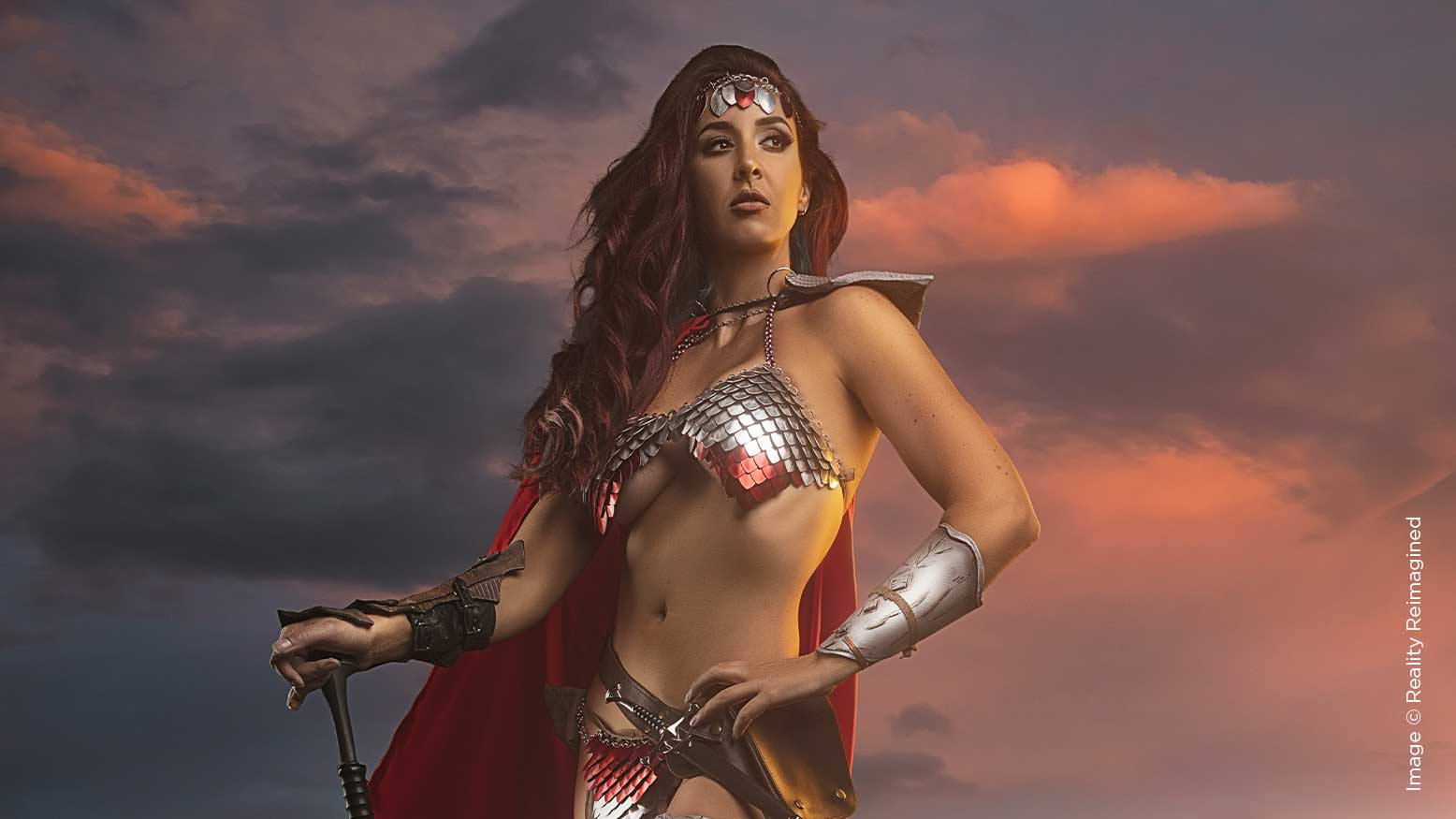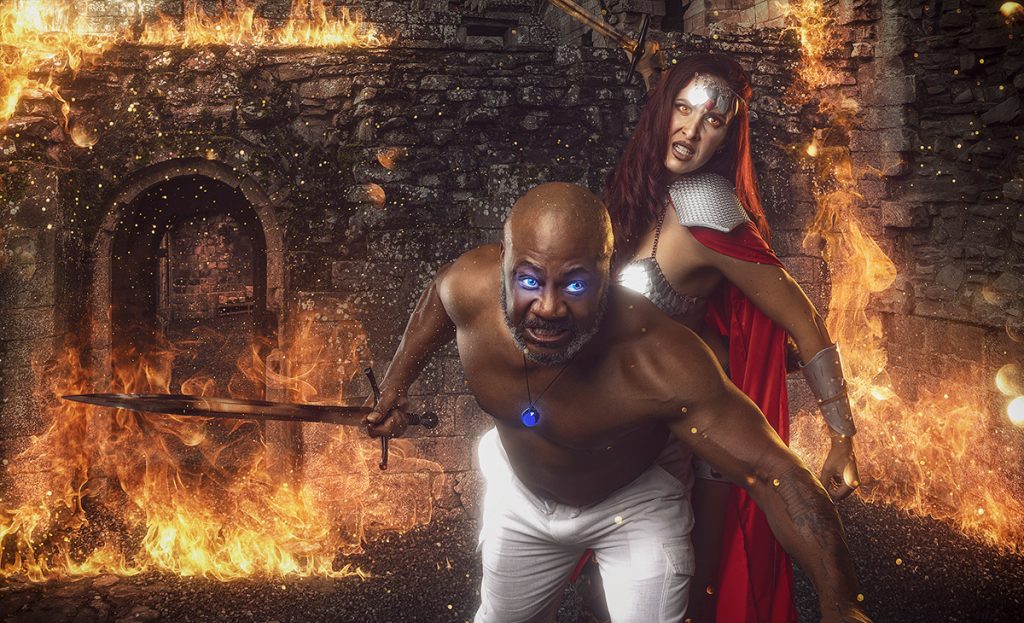Breaking the Code of Fantasy Storytelling with David Byrd
In literature, key essentials are needed to create the foundation of good storytelling. We learned this in the earliest days of our academic education: characters, plot, setting, conflict and resolution. Each of these primary elements had to be fully explored and defined from page one to the end of the book.
However, when it comes to photography, we can actually tell a great story with just two elements: the characters and the setting. Since our medium is a visual one, each image we create needs to have those two key integral components and the audience does the rest. In many ways, this can be a more powerful story or message (rather than hundreds of pages of a narrative) because the audience is choosing their own adventure through our imagery.
Conflict: How we define character
If you want to photograph an entire series, then two more key factors to the story come into play. Conflict and resolution must appear because that is the path your characters follow to complete their journey. There are many types of conflict that our character can go through, but let’s cover the three most common ones: person vs. person, person vs. nature, or person vs. self.
Think about those three versions of conflict and also think about your own life in the past five months:
- Person vs. Person. We’ve had so much conflict with folks in public and in our own homes. Emotions and stress are so heightened right now that we can’t seem to help but find conflict with others.
- Person vs. Nature. No, this doesn’t mean you have to have an argument with a tree or fight off a blizzard. But we have been in isolation, and therefore we’ve had conflict with our own environments.
- Person vs. Self. Who were you on January 1, 2020? Who are you today? You’ve changed because you’ve had to face yourself and the challenges found therein.





